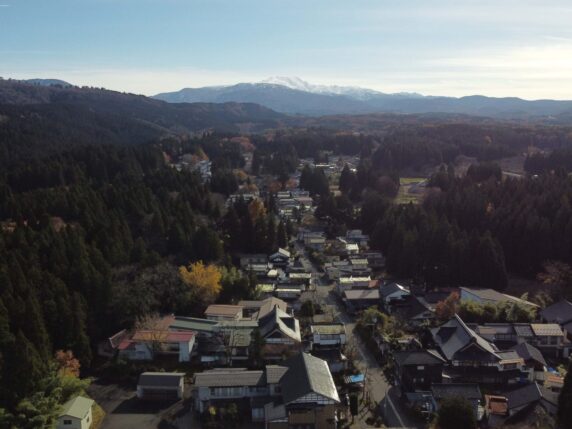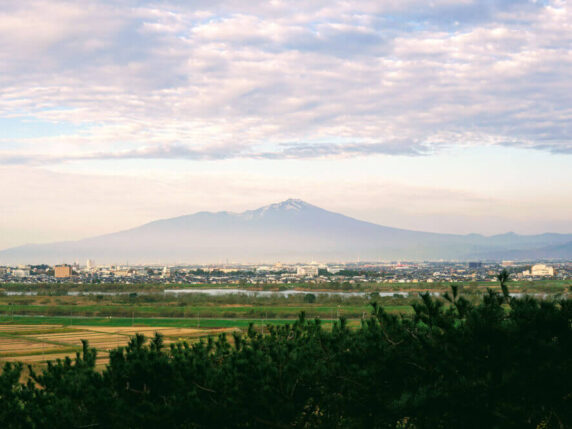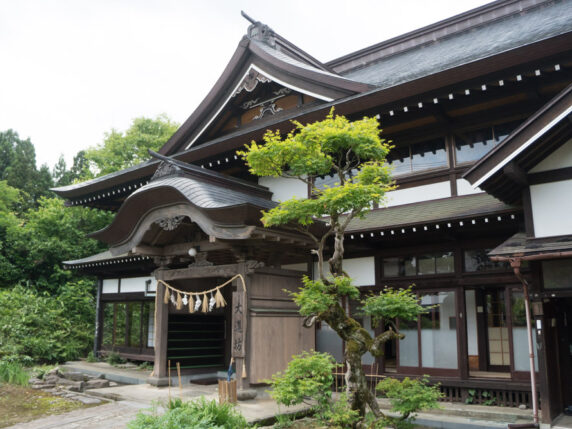Japan’s Spiritual Powerhouse: Dewa Sanzan
Written by Timothy Bunting
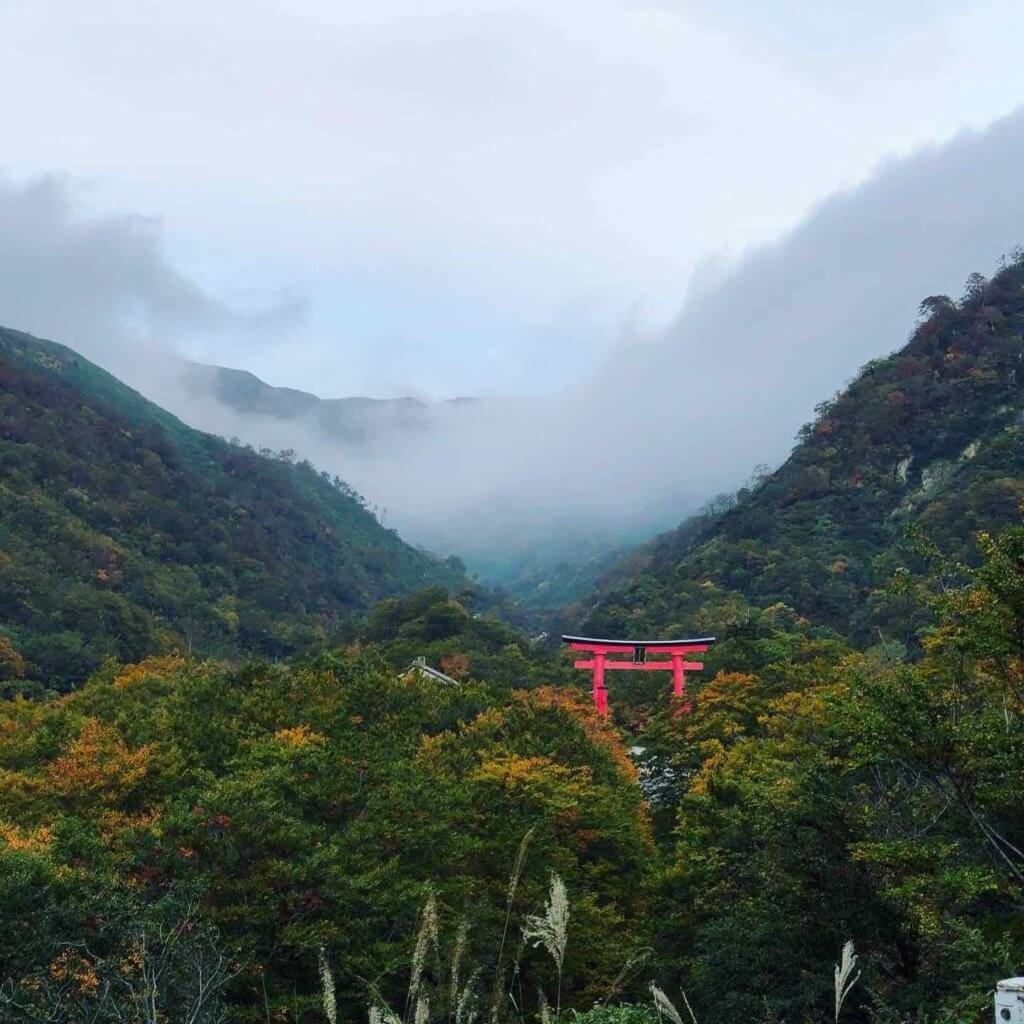
Take a step through the Zuishinmon gates and into the cedar forests of Mt. Haguro and you will instantly be whisked into another world, the world of the Dewa Sanzan. Located in the middle of Yamagata Prefecture, the Dewa Sanzan is the collective name for the three sacred mountains of the former Dewa Province: Mt. Haguro, Mt. Gassan and Mt. Yudono.
These three peaks have been used for over a millennium as training ground for Haguro Shugendo monks, more commonly known as Yamabushi, on their pilgrimage of rebirth. In the ancient belief of Shugendo, in which elements of Buddhism, Shintoism, Taoism, and native animism are combined, mountains are believed to be the abode of the Kami (deities) and Buddha.
According to Shugendo, by training in the mountains, we are able to attract the spirits of the Kami gods and Buddha into our souls before emerging reborn. Even today, along with Mt. Omine and the Kumano Kodo in Wakayama and Nara Prefectures, and Mt. Hiko in Fukuoka, the Dewa Sanzan are amongst the most famous training grounds for Yamabushi in Japan, and are where you too can be reborn.
Mt. Haguro
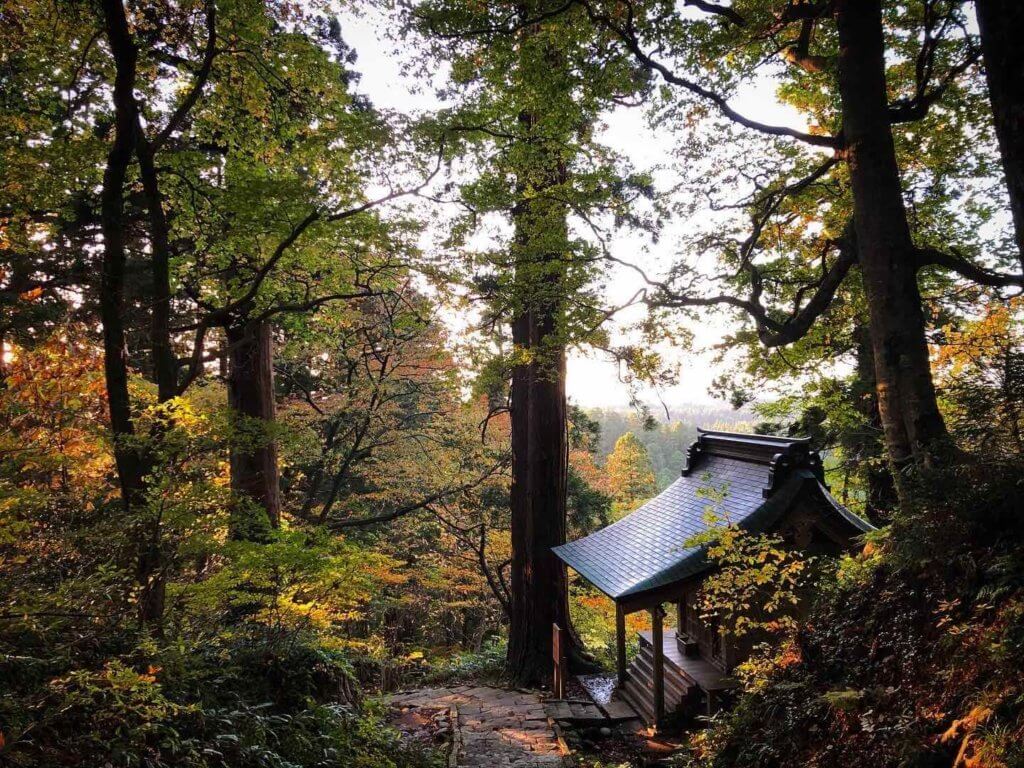
The Dewa Sanzan pilgrimage of rebirth traditionally begins on the lowest peak, Mt. Haguro. Of the three peaks, only Mt. Haguro is low enough to not be covered in metres of snow in the colder months, making it accessible year-round. Known to represent the world of the present where we overcome our worldly desires, Mt. Haguro is home to the Shukubo Pilgrim Lodges, where for more than 300 years pilgrims have stayed and prepared for their pilgrimage of rebirth.
Any pilgrimage of rebirth begins with a stay in the Shukubo that are still run as they were in the olden days, such as the grand Daishinbo run by Master Hayasaka, or Daishobo run by the famous Master Hoshino. The Shukubo will provide you with Shojin Ryori (ascetic cuisine), a Hakui white jacket or Shiroshozoku white garments, a shime necklace, and blessings at their altar to send you off on your voyage into the mountains.
From the Shukubo village, head through the Zuishinmon gates and down Mt. Haguro’s famous stone stairway amongst the towering cedars. Follow the winding path and you will cross the Haraigawa River that Yamabushi traditionally use for purification rituals, Jijisugi, the grandpa cedar, and the Japan Heritage Five Story Pagoda. Mt. Haguro’s Five Story Pagoda is the only pagoda in a forest in snow-country, and doesn’t use any paint or varnish to let it become part of the forest.
From there the ascent to the top begins, where you will find Sanjingosaiden, the building with the thickest thatch roof in Japan and home to Dewa Sanzan Shrine, the collective shrine of the three gods of the Dewa Sanzan. Saikan is another popular lodging, where Shojin Ryori (ascetic cuisine) lunch is available even for those not staying. Learn all about hiking the Dewa Sanzan with this article.
Mt. Gassan
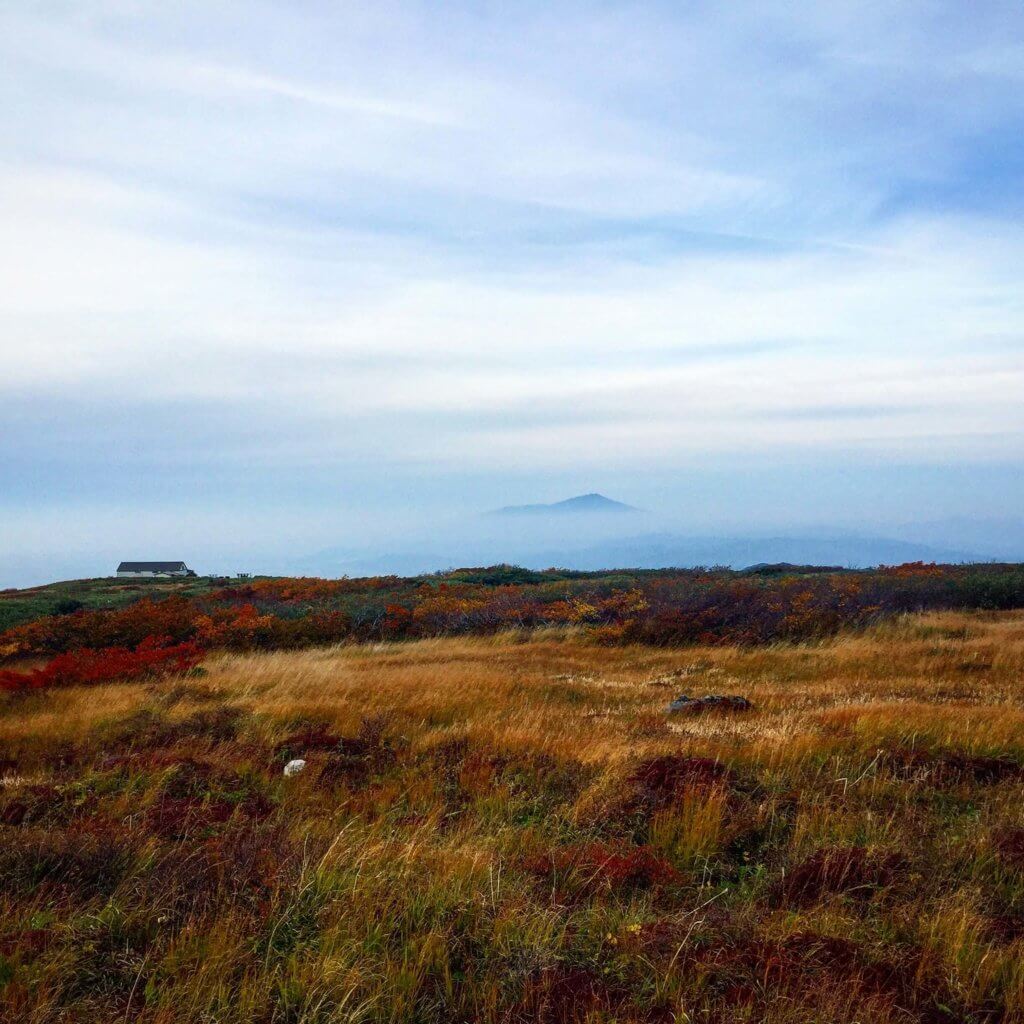
In Haguro Shugendo there is a philosophy called Kan’nabi Shinko, which is essentially the training our souls go through when we pass away. Beginning in the lower mountains, our souls complete tasks under the guidance of 13 Buddha as they eventually make their way up to the tallest mountains, in this case Mt. Gassan. After 33 years our souls reach the top and turn into gods that look over all the souls far below. As such, Mt. Gassan came to represent the world of the past and the land of the afterlife where we encounter our long-lost ancestors.
The 1984m tall Mt. Gassan boasts the most snowfall of any mountain and latest ski season in Japan, beginning in April. If you’re looking to climb the Dewa Sanzan’s tallest peak, you’re going to have to wait until July otherwise there’s just too much snow to combat. The most popular route is to catch a bus to the 8th Station on Mt. Gassan, climb to the top, then hike back to the bus. This path takes you through the Midagahara Marshlands, past the Busshoike Lake, and boasts great views out over inland Yamagata to the east, Mt. Chokai to the north, and the Sea of Japan to the west. Other people choose to climb from the Mt. Gassan Ski Lift from Shizu Onsen, or even from Mt. Yudono, although these routes are better for more experienced hikers. Learn all about how to get around the Dewa Sanzan in this article.
Mt. Yudono
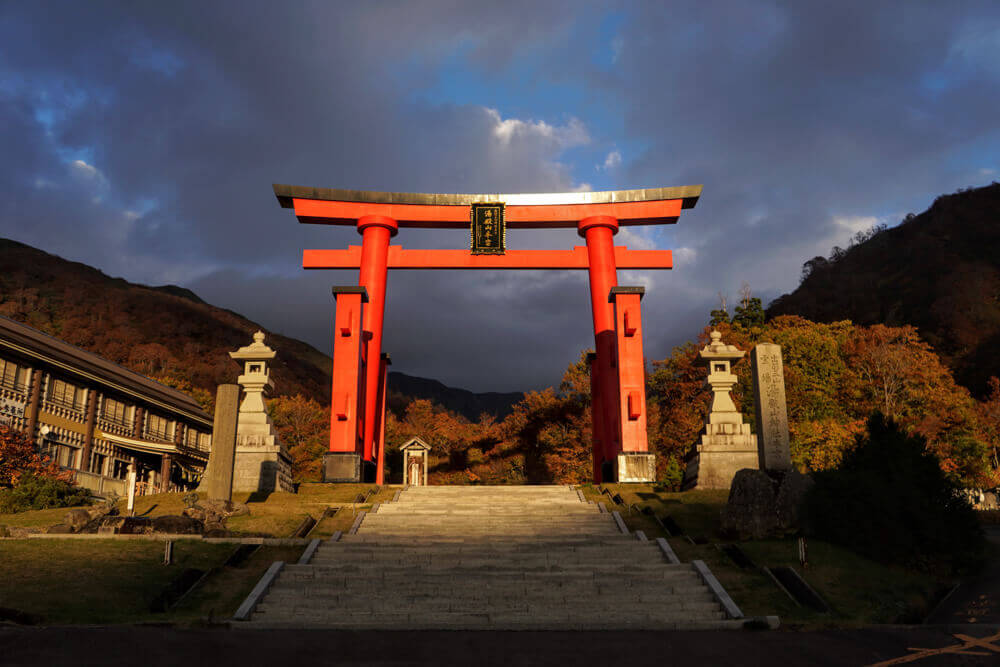
Katarunakare, Kikunakare! Don’t talk, don’t ask! Mt. Yudono’s motto makes it pretty hard to explain things in detail, and the monks of old knew fully well that this only adds to the mysteriousness. Mt. Yudono is known as ‘Oku no in’, the Shrine in the Depths, and is home to a sacred object of worship that represents the world of the future on the Dewa Sanzan pilgrimage of rebirth, the exact location where we are reborn.
Unfortunately, it is forbidden to speak of this object in detail, so you are going to have to check it out for yourself to see what the fuss is about. There is a bus that goes to Mt. Yudono from central Tsuruoka, but by far the easiest way to get there is by private car. Mt. Yudono is not a mountain that you climb per se, but is located at one of the entrances that leads up Mt. Gassan. Once you pay your respects at Mt. Yudono Shrine, take the path leading into the mountains to get to the top of Mt. Gassan. Naturally, the reverse is also possible.
Mt. Yudono was traditionally the final mountain on the Dewa Sanzan pilgrimage of rebirth, and is famous for Sen’ninzawa, ‘The Swamp of the Immortals’, training ground to the Sokushinbutsu self-mummified monks. Sokushinbutsu are known in English as Living Buddha or Buddha Mummies, and came about through the belief in Shingon Buddhism that reaching Buddhahood in this life was possible. Would-be Sokushinbutsu went through extended periods of harsh ascetic training in the mountains, buried themselves alive in custom-made tombs, then chanted sutras until they turned into a Buddha.
By becoming Sokushinbutsu, the monks believed they could provide salvation to the people by proving that Buddhahood was attainable in the current world. Churenji and Dainichibo Temples on Mt. Yudono are home to some Sokushinbutsu, and there are a few others scattered around housed in temples scattered throughout Yamagata and the surrounding prefectures.
Your Dewa Sanzan Pilgrimage of Rebirth
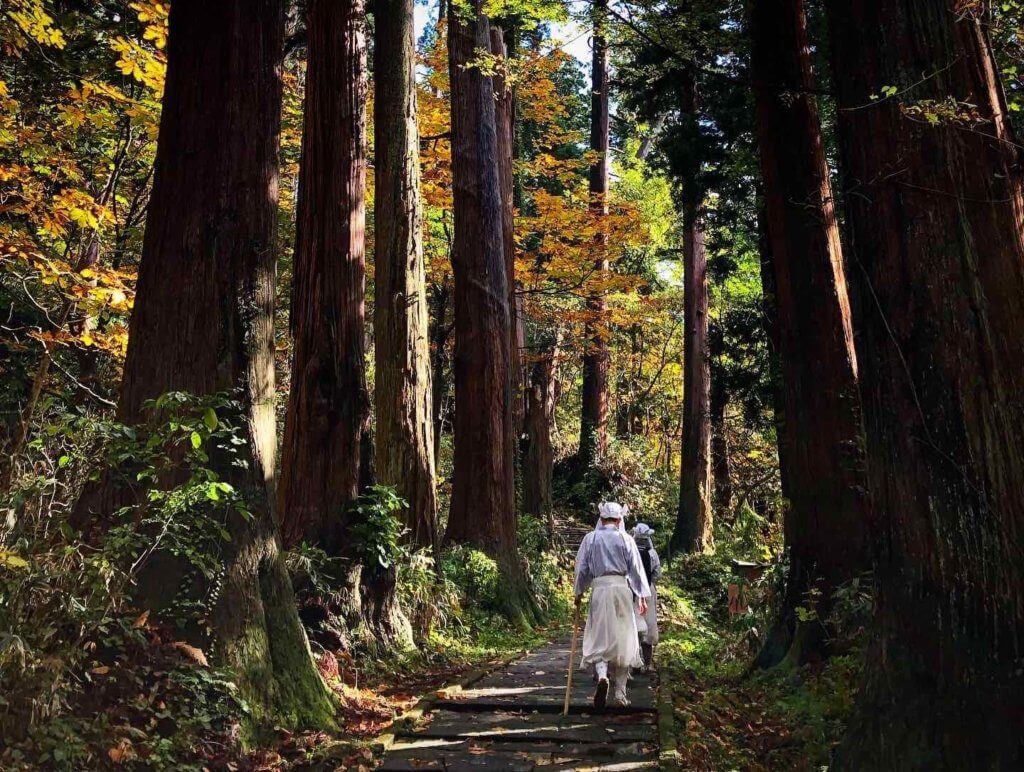
As training ground for centuries of Haguro Yamabushi, The Dewa Sanzan have developed a truly mystical atmosphere leading it to become Japan's spiritual powerhouse. Make the journey to the pilgrim's lodges and Five Story Pagoda of Mt. Haguro, top the towering peaks of Mt. Gassan, and explore the mysteries of Mt. Yudono and you too will feel reborn.
Join the Yamabushi in Yamabushi training.
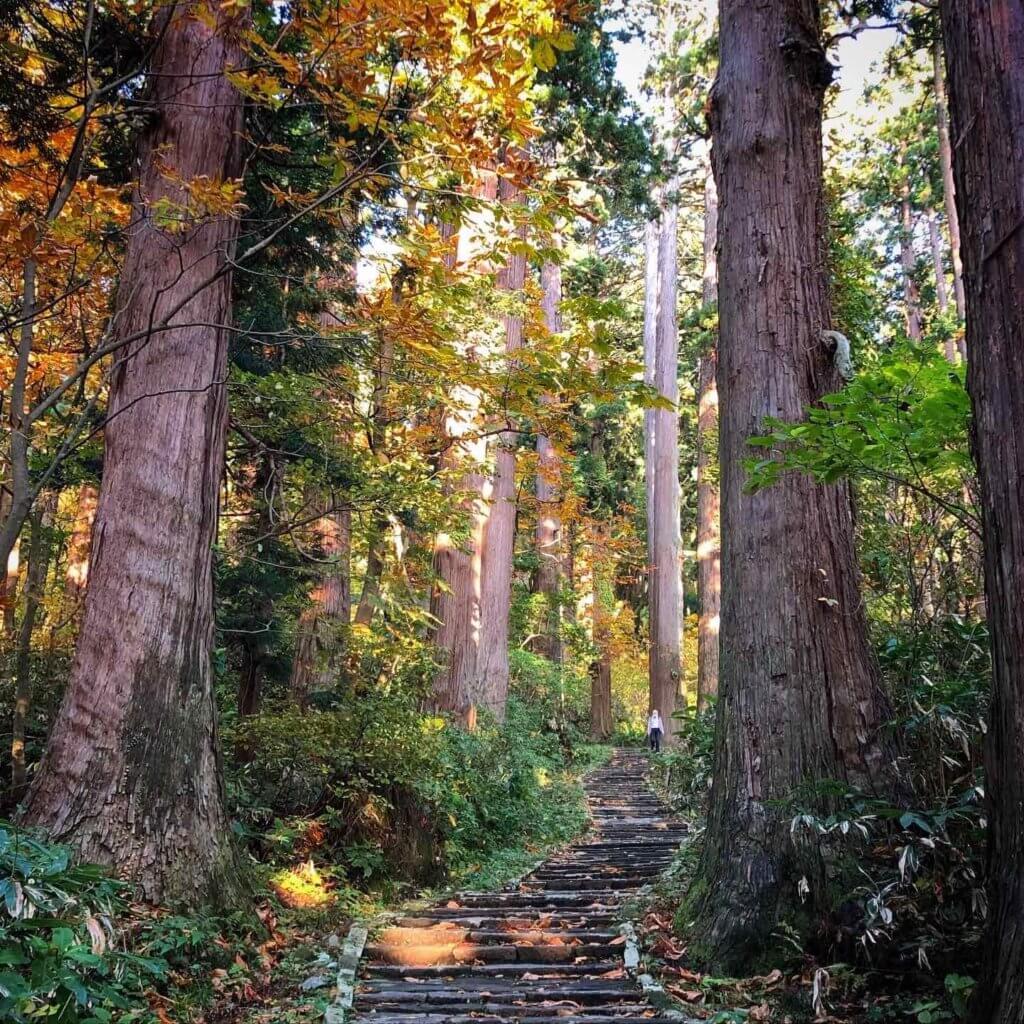
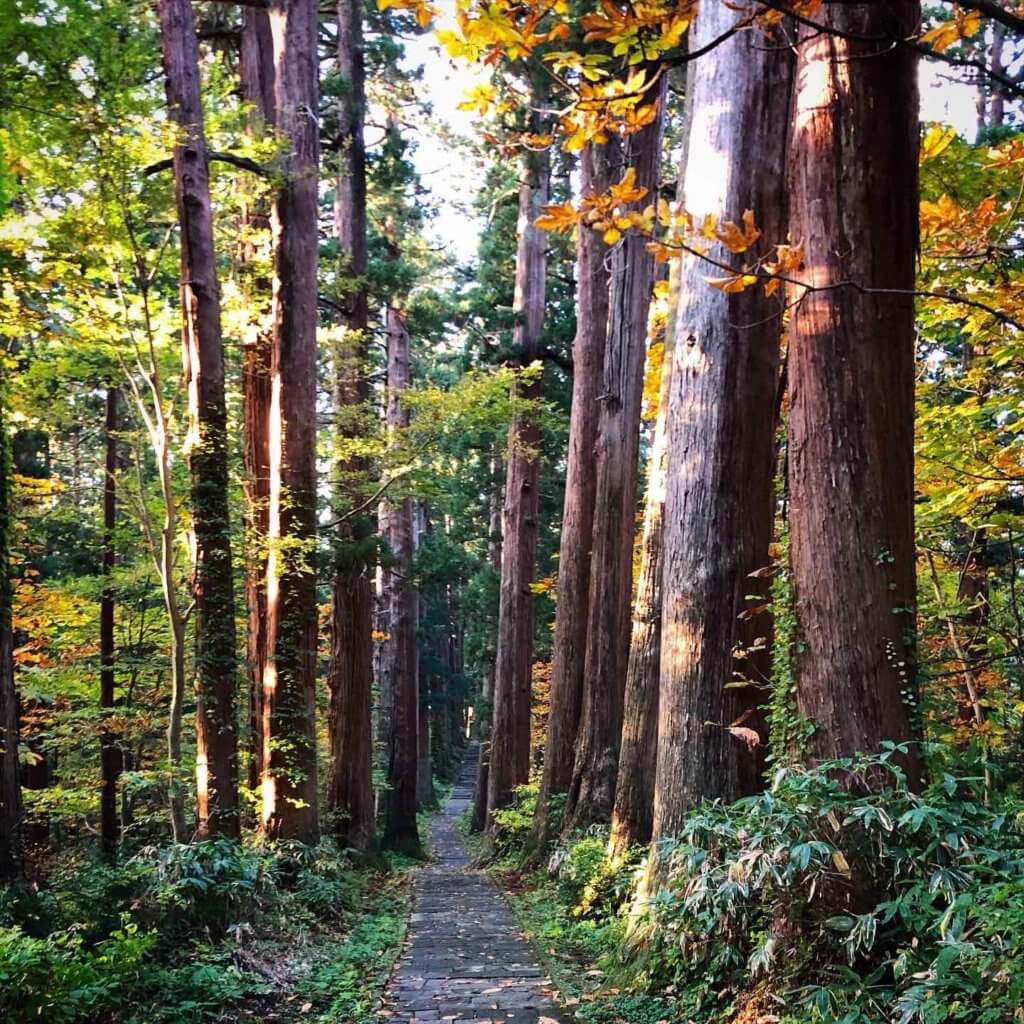
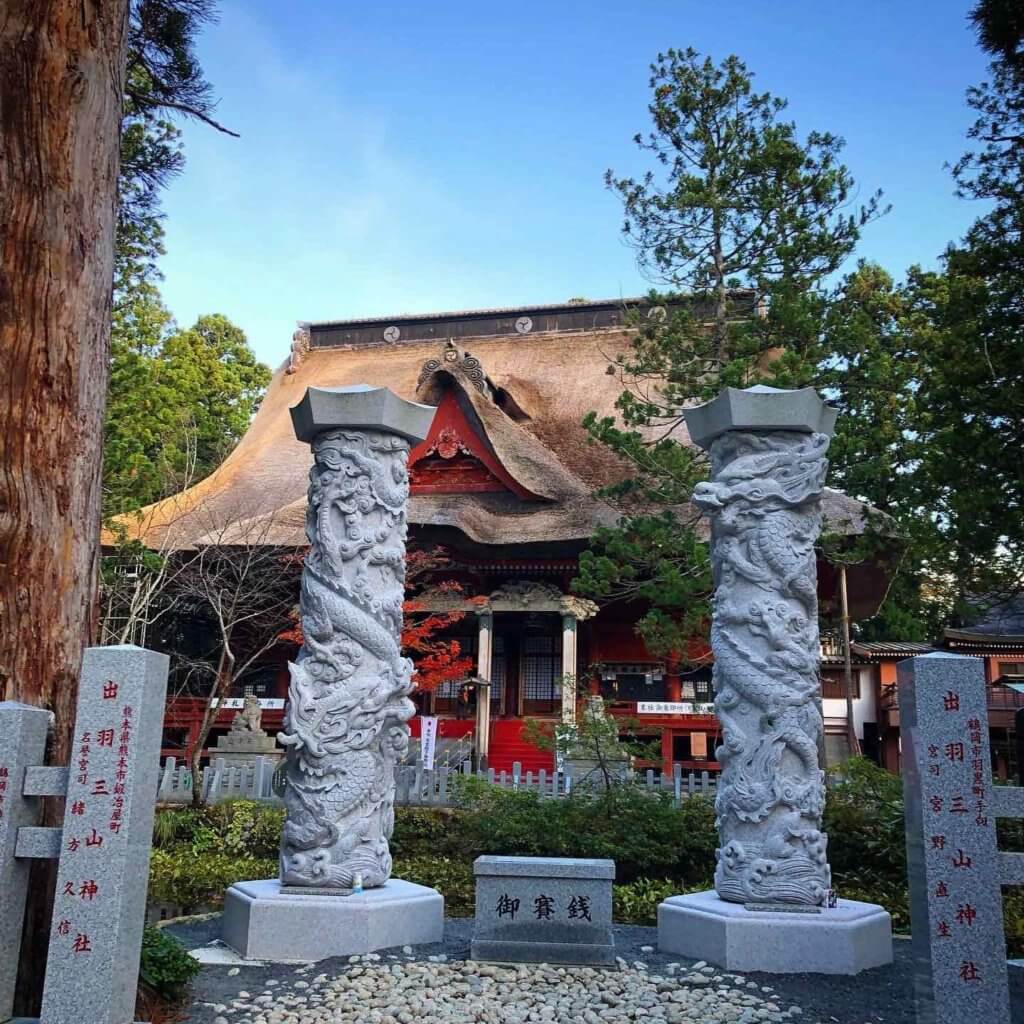
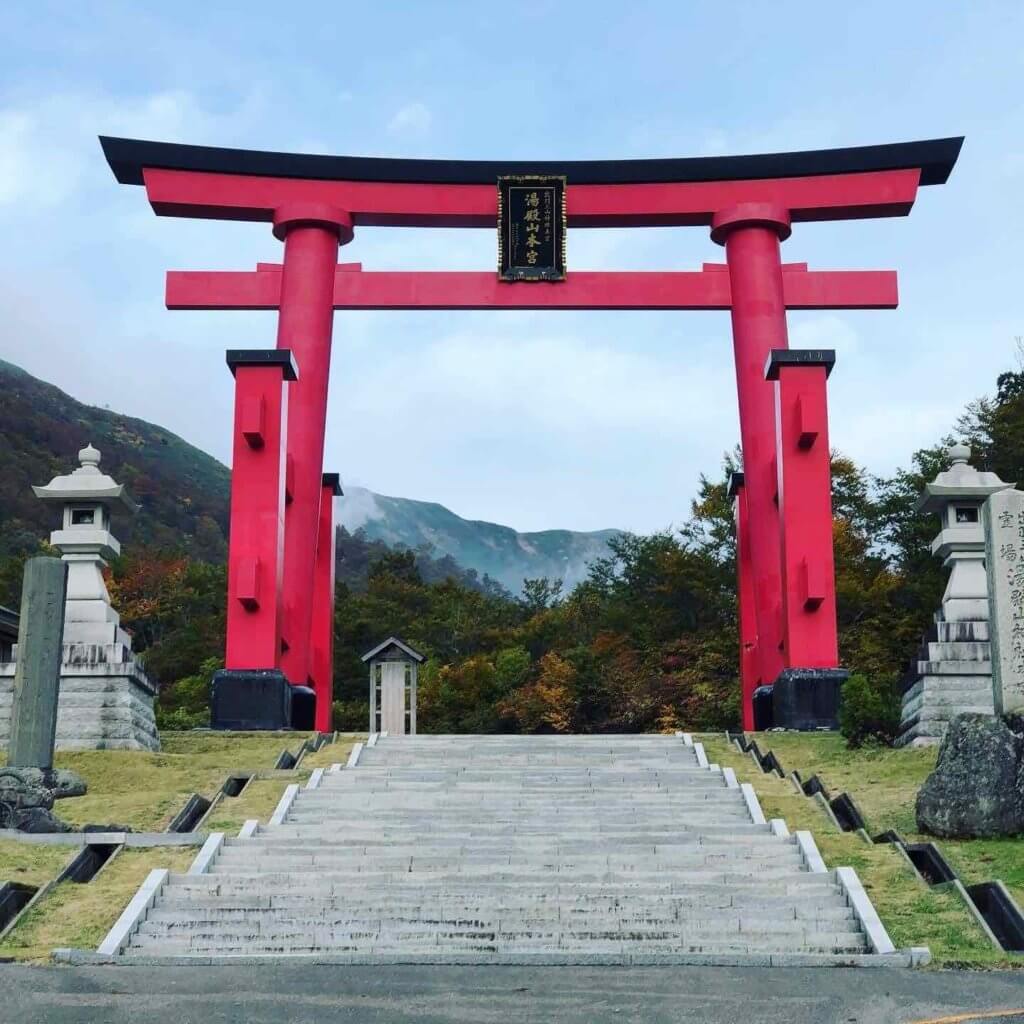


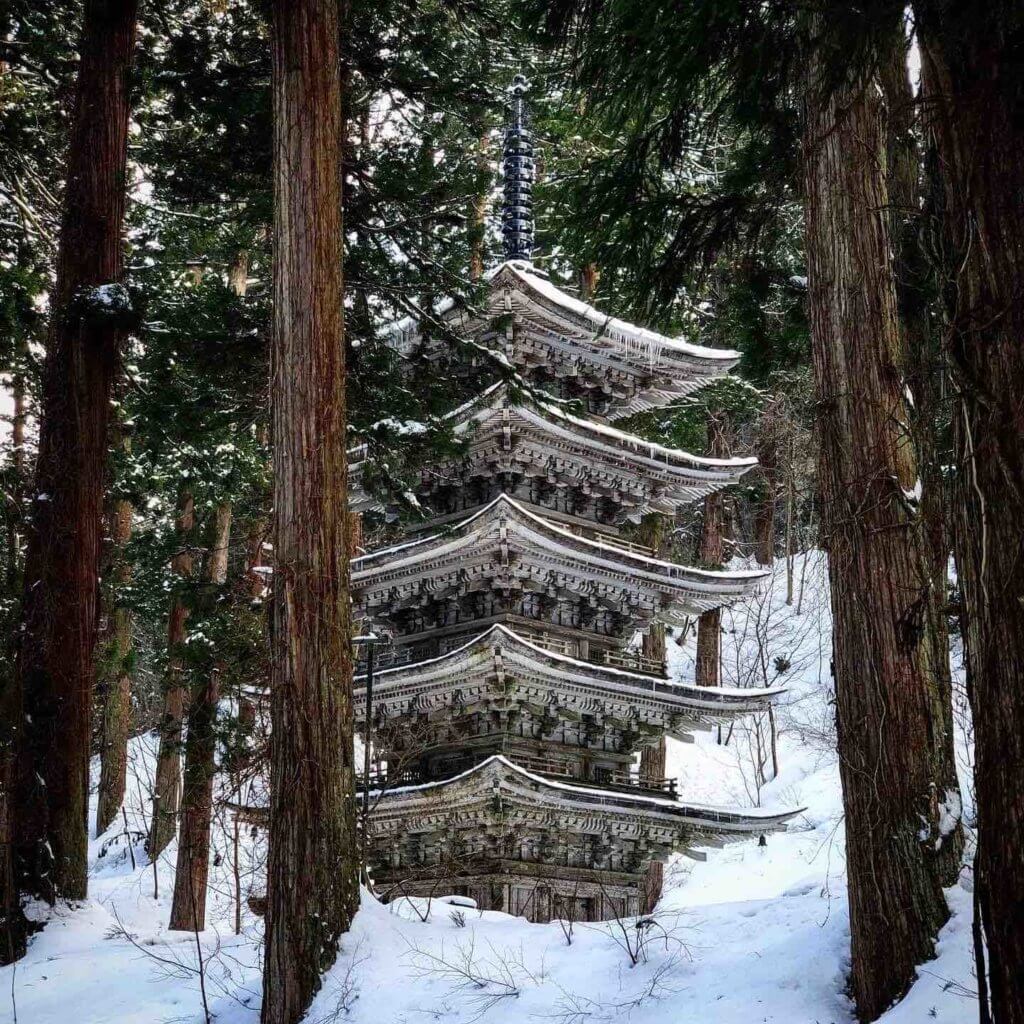
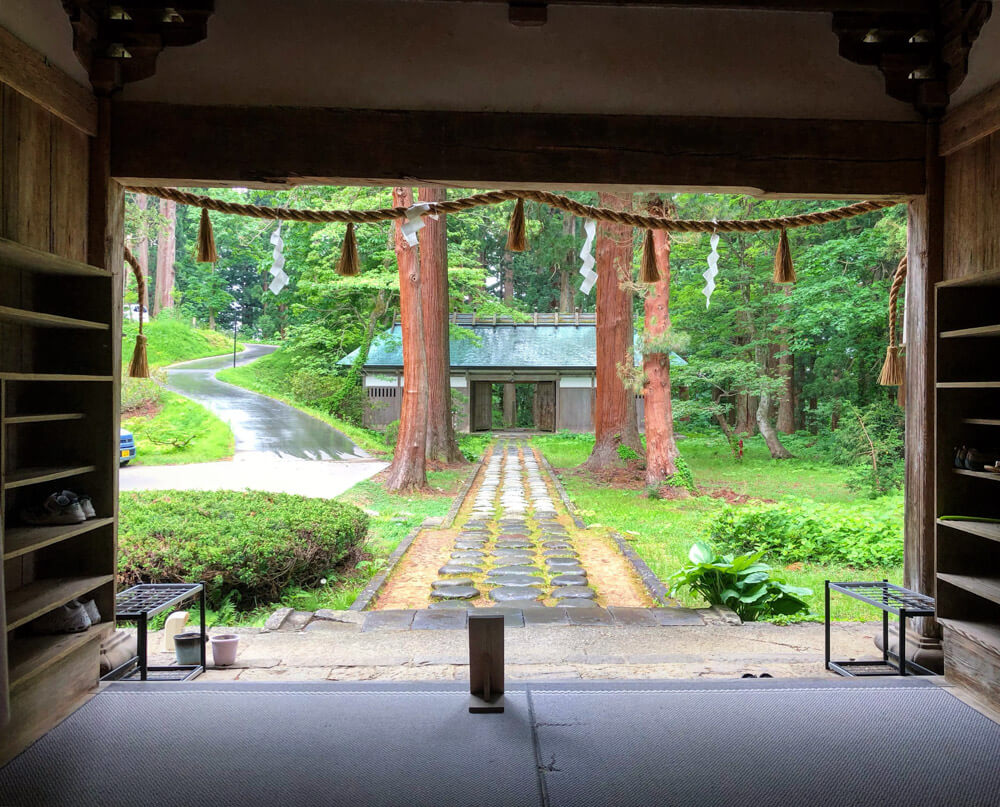
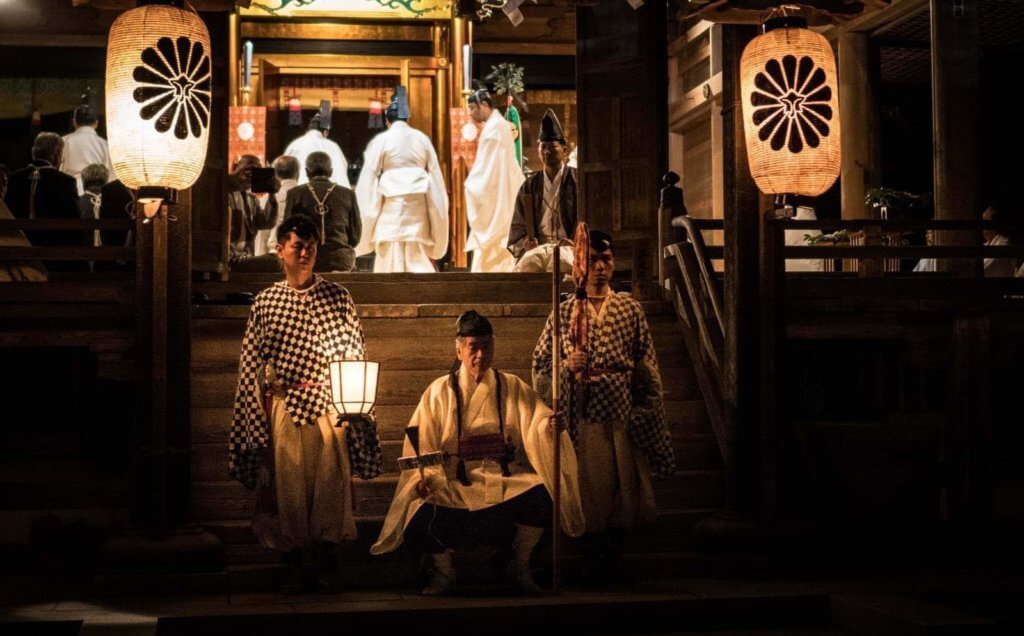
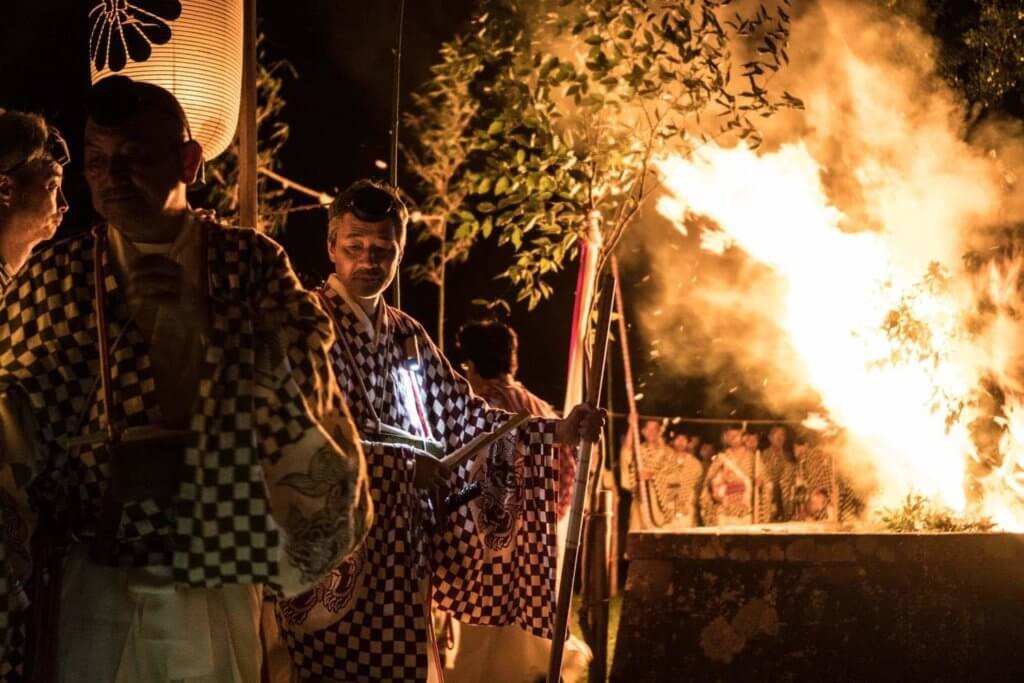
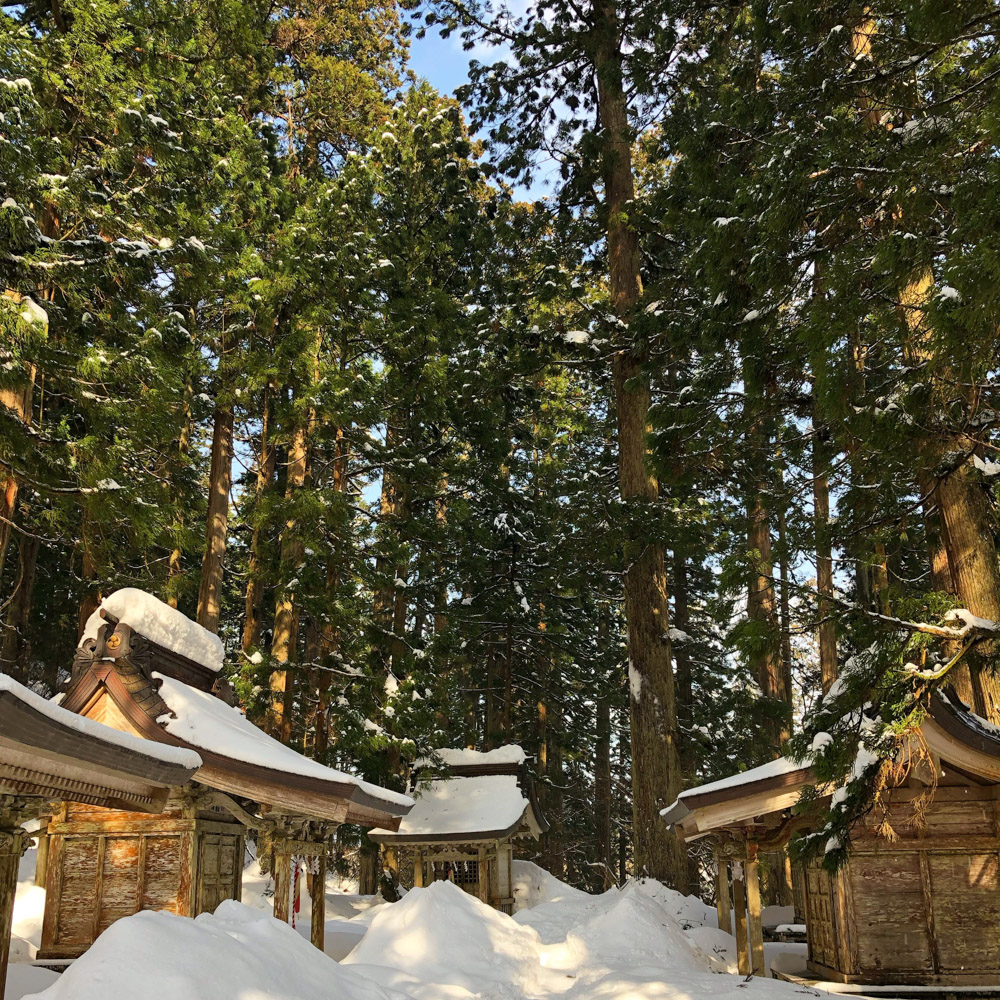
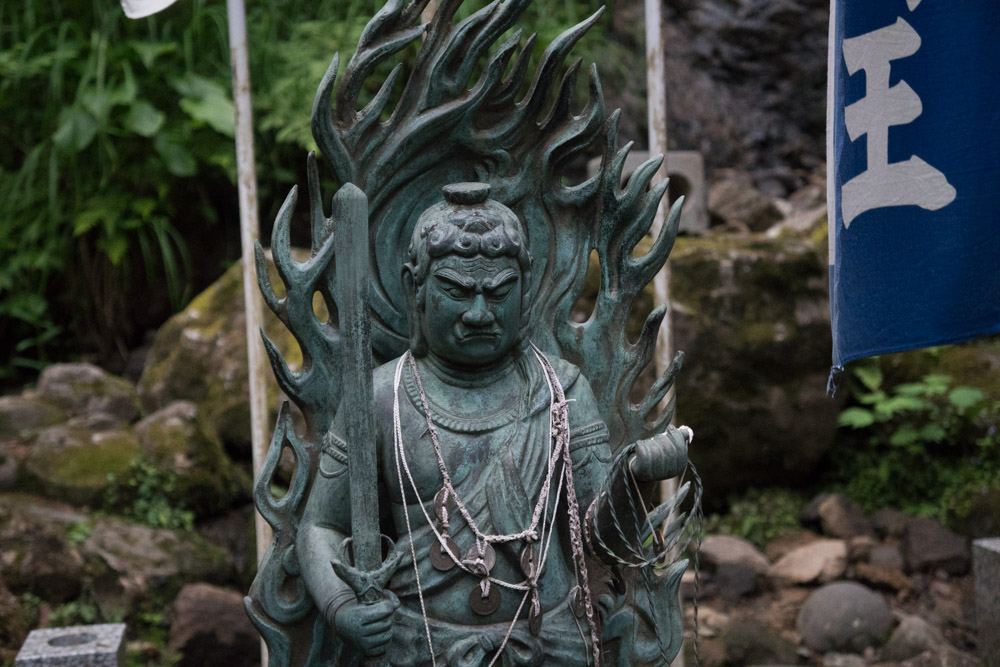

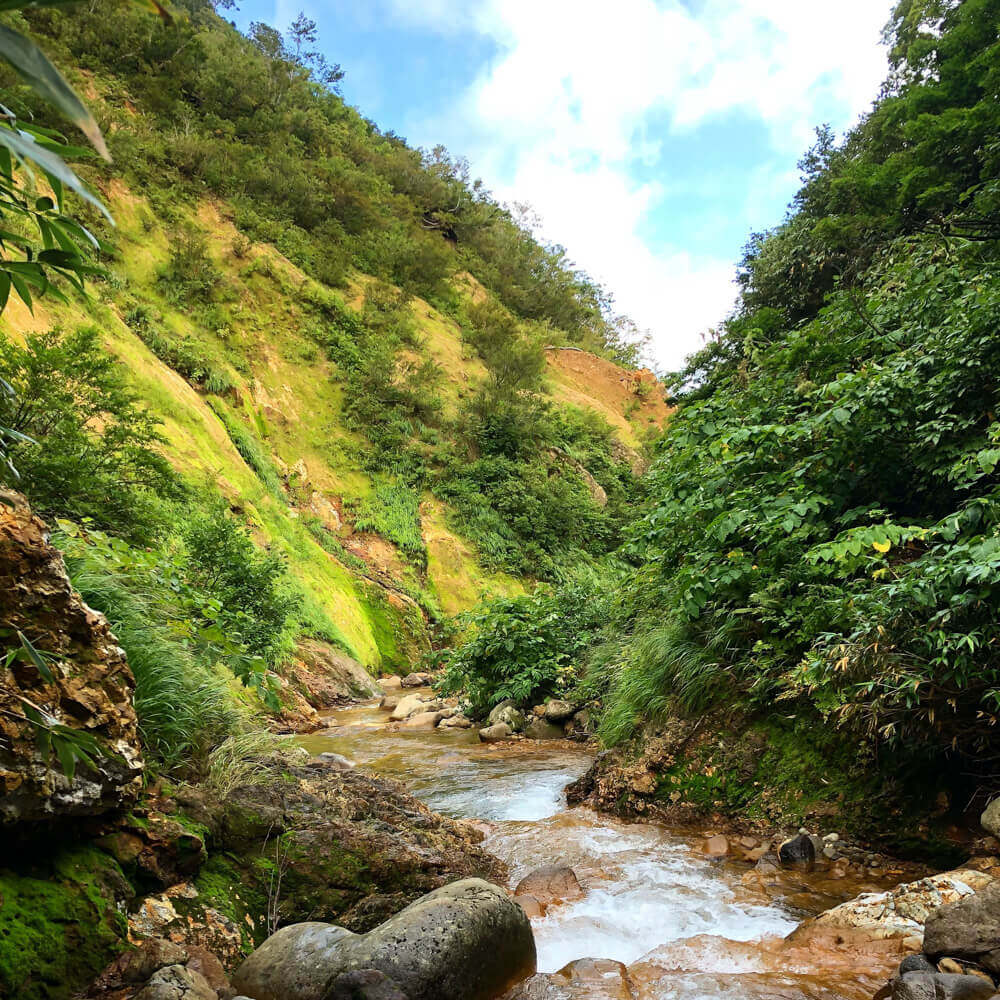
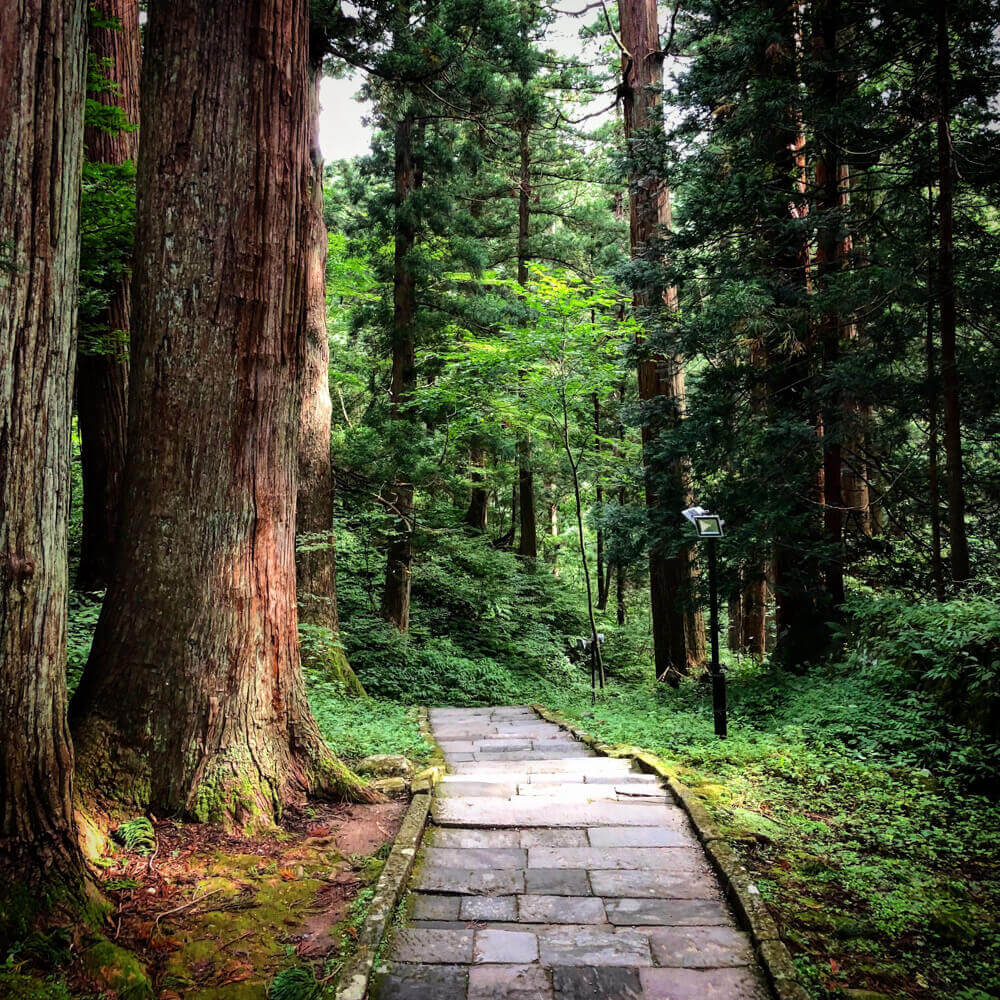
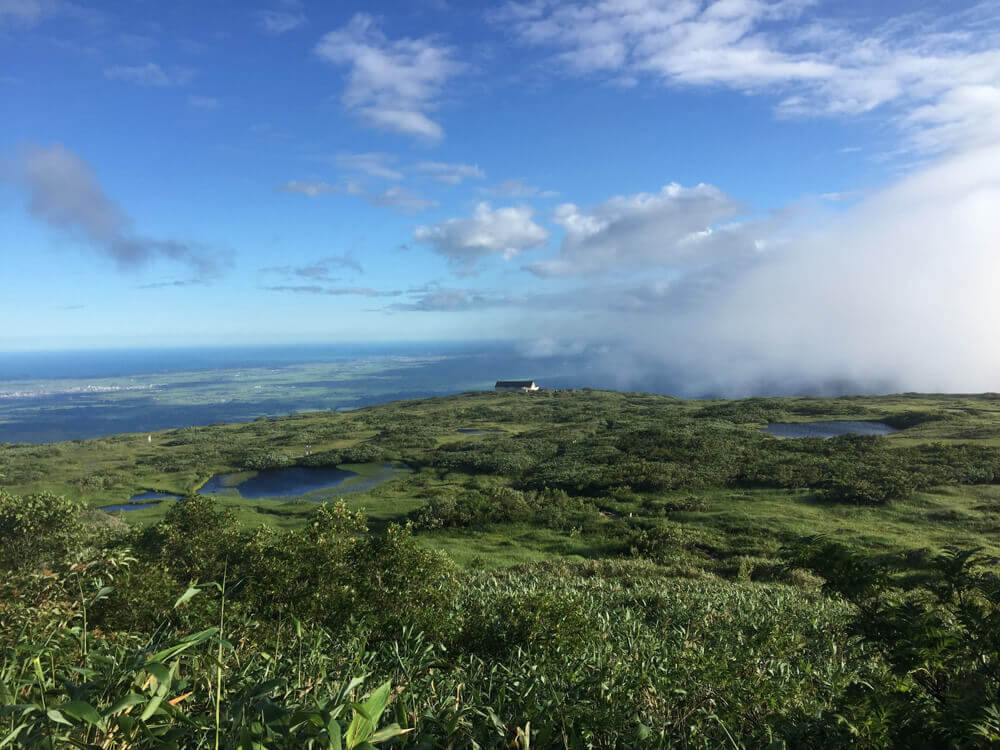
Timothy Bunting
Tim Bunting is a Dewa Sanzan Shrine Yamabushi with over 10 years' experience living beneath the three mystical peaks. He is a self-professed Dewa Sanzan nerd, and is currently working on the Yamabushido project and Dewa Sanzan Monzenmachi Project with Megurun Inc. His roles including assisting in Yamabushi trainings, translating, interpreting, and curating Dewasanzan.com.
Insider information and updates on
The Dewa Sanzan.
Subscribe to the Dewa Sanzan Tribe now.

